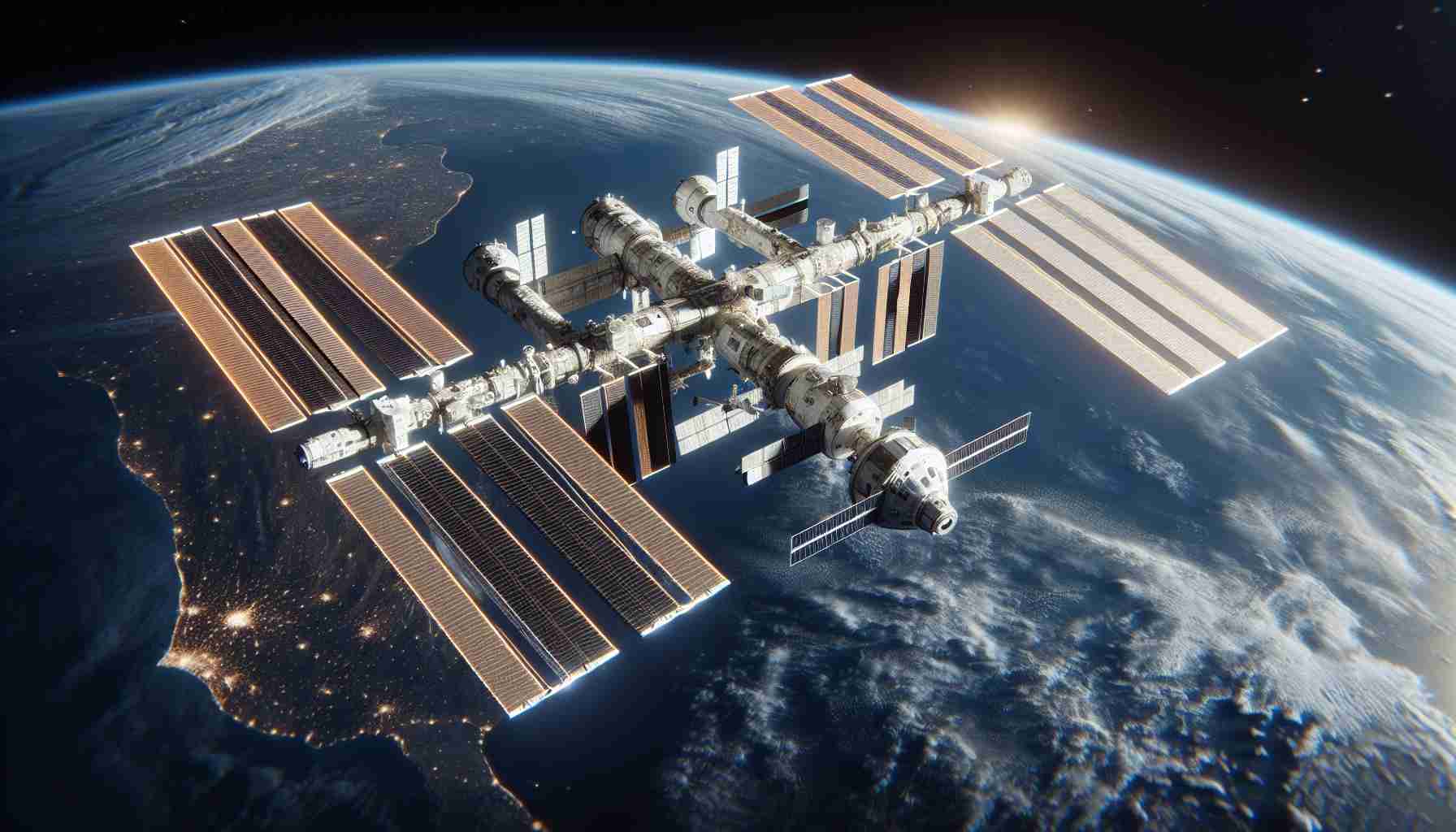Rethinking Space Station Assembly
In a significant shift, Axiom Space has revised its assembly strategy for its upcoming space station, aiming for independence from the International Space Station (ISS) by 2028. Initially, Axiom planned to connect its modules to the ISS, allowing them to separate once the ISS was decommissioned. The latest adjustments reflect a proactive approach amidst uncertainties surrounding the ISS’s future.
The timeline for the ISS’s retirement is still up for debate. SpaceX has been contracted to prepare a deorbit module by 2029, with decommissioning expected in 2030. However, Russia remains indecisive about extending its participation beyond 2028. Recent comments from ESA astronaut Andreas Mogensen hinted at the potential for an extension, although it’s not guaranteed.
Axiom’s updated sequence now has the Payload Power Thermal Module (AxPPTM) launching before the Habitat 1 (AxH1). This change is meant to provide greater flexibility and speed up development. The AxPPTM will be manufactured by Thales Alenia Space in Italy, with plans to arrive in Houston for further fit-out in late 2025.
While NASA and Roscosmos grapple with technical issues and debates over the integrity of the aging ISS, Axiom’s strategic shift allows for a smoother transition to operational independence, ensuring the future of human presence in low Earth orbit remains bright.
Innovation in Space Station Design: Axiom’s New Strategy
Overview of Axiom Space’s New Assembly Strategy
Axiom Space is undergoing a paradigm shift in its approach to constructing its upcoming commercial space station. With ambitious plans to achieve operational independence from the International Space Station (ISS) by 2028, Axiom is redefining how it will launch and assemble its modules. This strategic revision comes in light of the growing uncertainties surrounding the future of the ISS, particularly regarding its timeline for decommissioning.
Timeline for ISS Decommissioning and Axiom’s Response
The expected decommissioning of the ISS is currently projected for 2030, following the completion of a deorbit module by SpaceX in 2029. However, the timeline remains contentious, as Russian participation post-2028 is still under consideration, and the European Space Agency (ESA) has hinted at a potential extension of the ISS’s operational life. Axiom’s proactive planning allows it to navigate these uncertainties and maintain continuity in human activities in low Earth orbit (LEO).
Key Developments in Axiom’s Module Launch Sequence
Axiom’s revised launch sequence features a significant alteration: the Payload Power Thermal Module (AxPPTM) will now be launched prior to its Habitat 1 module (AxH1). This adjustment aims to streamline operations and enhance the station’s capabilities more rapidly. The AxPPTM, set to be produced by Thales Alenia Space in Italy, is expected to be delivered to Houston for outfitting and testing by late 2025.
Features and Intended Functionality of Axiom’s Space Station
The Axiom Space station is designed to support a range of missions, including scientific research, manufacturing, and tourism in space. By focusing on modular construction, Axiom aims to increase the overall versatility and scalability of its station. Future modules could include facilities for research in microgravity, technology demonstrations, and commercial partnerships with various sectors.
Pros and Cons of Axiom’s Strategy
Pros:
– Independence: Achieving independence from the ISS enhances operational flexibility and self-sufficiency.
– Increased Capabilities: Early deployment of the AxPPTM allows the station to power additional modules and expand functionalities rapidly.
– Market Positioning: Axiom positions itself as a leader in commercial space operations, paving the way for future partnerships.
Cons:
– Financial Risks: Substantial investment required for development and potential delays may pose financial challenges.
– Technical Challenges: Developing and integrating new technologies could lead to unforeseen complications.
– Regulatory Hurdles: Navigating international regulations and partnerships could complicate assembly and operation.
Future Trends and Insights in Commercial Space Operations
As Axiom Space progresses, it showcases significant trends in the commercialization of space, signaling a shift towards private ventures in low Earth orbit. This movement not only fosters innovation but also sets the stage for enhanced space exploration and utilization opportunities. Axiom’s station will likely serve as a prototype for future commercial space habitats, emphasizing sustainability and operational efficiency.
Conclusion
Axiom Space’s revision of its assembly strategy reflects a proactive, strategic approach to the future of space stations. By developing a self-sustaining model independent of the ISS, Axiom is positioning itself at the forefront of the burgeoning commercial space market. The implications of this strategy extend beyond Axiom itself, potentially reshaping how humanity engages with and operates in space.
For more information about Axiom Space’s projects and updates, visit Axiom Space.


















